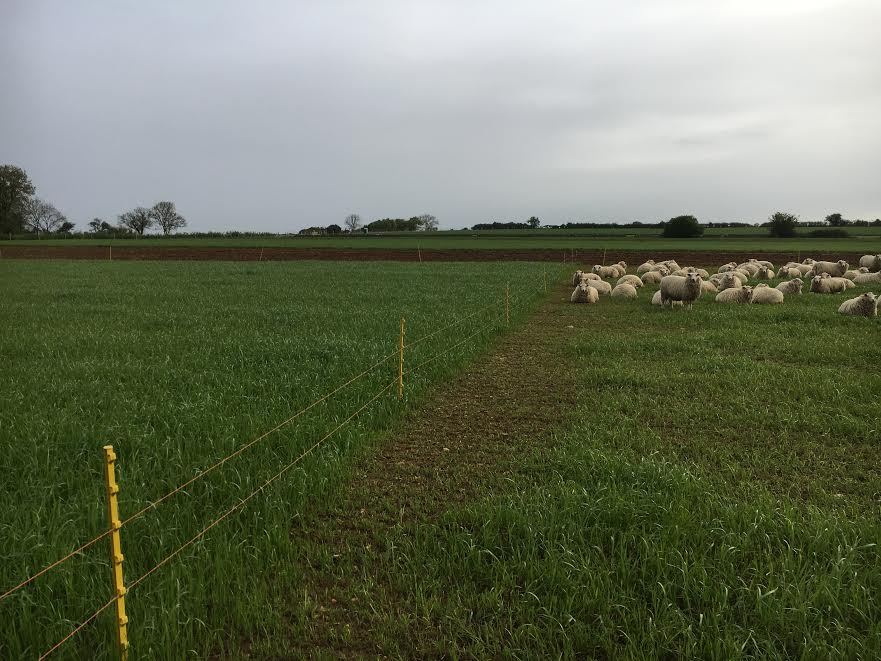With ongoing concerns about the shortage of forage this winter, it’s worth taking advantage of opportunities to fill the winter forage gap and begin building up forage stocks as a buffer for the coming months.
A positive outcome of the very wet winter and exceptionally hot and dry spring & summer season is that we are seeing maize crops coming off earlier this year, with less damage to the ground from harvesting with big machinery in wetter conditions. Without the need for multiple cultivations to correct the damage from harvesting equipment, this allows a sowing window for quick growing, winter hardy grass species.
Westerwold ryegrass can be planted over the next few weeks and will rapidly establish before winter. It should provide a bite before Christmas and will be one of the earliest species to begin its growth in the spring.

While you may want to terminate these winter forage crops in preparation for spring cereal drilling, if left in the ground, Westwold will survive for 12 months providing up to four bulky silage crops to help build up the feed stocks for 2019. Similarly Italian ryegrass has the vigour to establish after maize planting and will provide two full years of production. Alternatively a cereal such as grazing rye can be sown at this time of year, however stocks are very limited this year due to a very high demand.